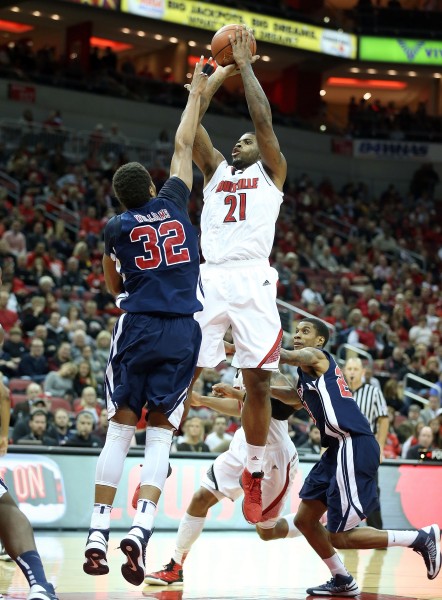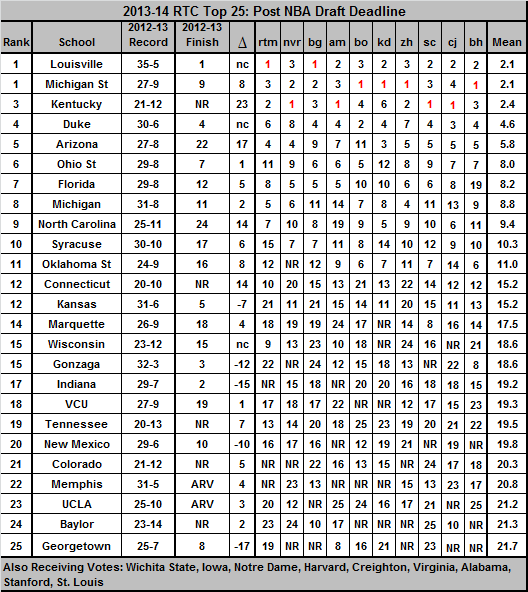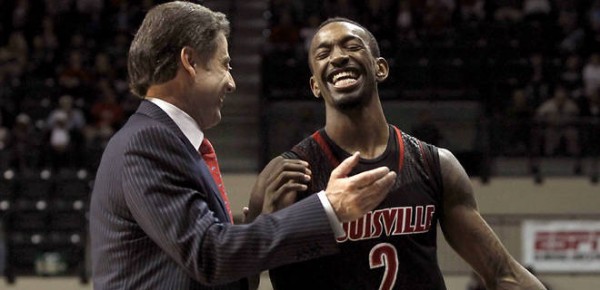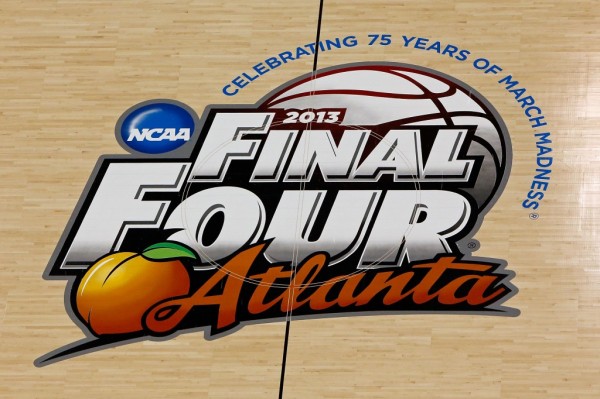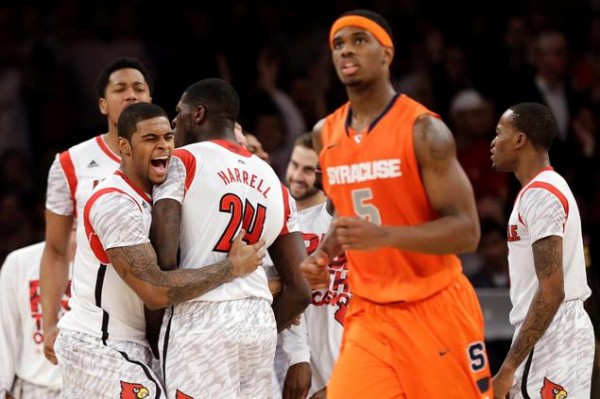
Chris Johnson is an RTC Columnist. He can be reached @ChrisDJohnsonn.
Final Fours are just as prone to upsets and unpredictability as any other round of the NCAA Tournament. The scouting reports on each team are more extensive, the shock factor mitigated by previous results, but the inherent variance of the games themselves breeds upsets at any level of competition. Even the best teams can be had given the perfect combination of stylistic match-up (see: Syracuse – Indiana) or hot shooting (see: Wichita State – Gonzaga). The cream of the crop is never impervious to the competitive desires of underdog opponents; thinking otherwise is ignoring three quarters of a century’s worth of college basketball history. So with that out of the way, let’s get to the truth: I’d be lying if I tried to convince you that anyone other than Louisville deserves to be treated as the odds-on favorite going into college basketball’s final weekend. The Cardinals are the best defensive team in the country, a rapidly improving offense and, following Sunday’s emotional Elite Eight victory, are playing with the well wishes of injured guard Kevin Ware as a primary motivation. Louisville has it all. Let us dig deeper and find out what makes the Cardinals such overwhelming favorites to finish the season on top of the college hoops world.
(Revisit previous entries Wichita State and Michigan)
Pre-NCAA Tournament Capsule.
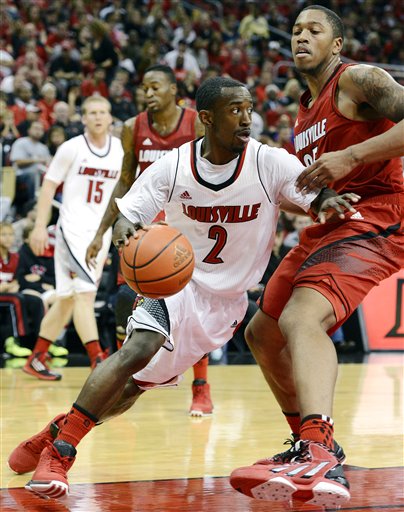
A jolt of offense from Smith has Louisville on the brink of the national championship (AP Photo).
We began the season rightfully touting Louisville as one of the nation’s best and most complete teams, and its early non-conference work did everything to affirm that premise. The only blemish before Big East play was a loss to Duke in the Battle 4 Atlantis Championship game (star center Gorgui Dieng was injured). The Cardinals turned in another solid Big East season, finishing tied for first place with a 14-4 record, with only one real period of concern baked in throughout – a three-game losing streak comprising a two-point home loss to Syracuse, a road-loss at a then-scorching Villanova team, and a two-point defeat at Georgetown. The Cardinals quickly recovered to dust off 10 wins in their next 11 games, the one loss a five-overtime thriller at Notre Dame, then ripped through the Big East Tournament to claim the No. 1 overall seed.
How They Got Here. Geographic priority was awarded to the Cardinals for their top-seed status, but the committee did them no favors in terms of ease of regional competition. Two Hall of Fame coaches were situated alongside Louisville in the Midwest, and the rest of the region – including trendy Final Four pick St. Louis, national player of the year candidate Doug McDermott, NCAA seeding travesty Oregon and Colorado State, the nation’s best rebounding team – was littered with potential early-round pitfalls. Louisville navigated its rocky road with aplomb, first handling North Carolina A & T, then destroying Colorado State, followed by a comfortable eight-point win over Oregon and, lastly, a punishing second-half spurt to pull away from Duke in a highly-anticipated Elite Eight clash. Aside from Duke hanging tough through the first 20 minutes, Louisville has yet to meet its equal in this field.
Final Four History.
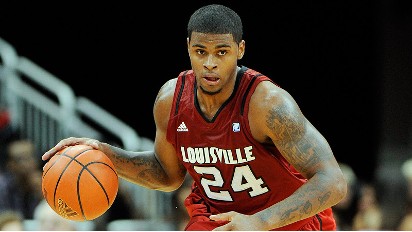
Paired with Dieng, Behanan is a load to handle on the low block (US Presswire).
It’s best to analyze Louisville’s Final Four history through two different lenses. Removing the Cardinals’ 1959 Final Four jaunt from the equation, UL’s trips to college basketball’s marquee event can be separated along the historical dividing lines of two legendary coaches. With Denny Crum, the Cardinals made it to six national semifinals, including two championships (1980, 1986). Nearly 20 years later, when Rick Pitino’s constant job hopping from college to the NCAA and back again gave way to a sustained tenure in Louisville, Kentucky, the Cardinals returned to the Final Four in 2005, made consecutive Elite Eight runs in 2008 and 2009, then rode the unnerving audacity and mercurial play of Russ Smith and a stout defense to another Final Four in 2012. One year later, the Cardinals are once again left standing among the last four teams playing meaningful postseason basketball.
Read the rest of this entry »






























